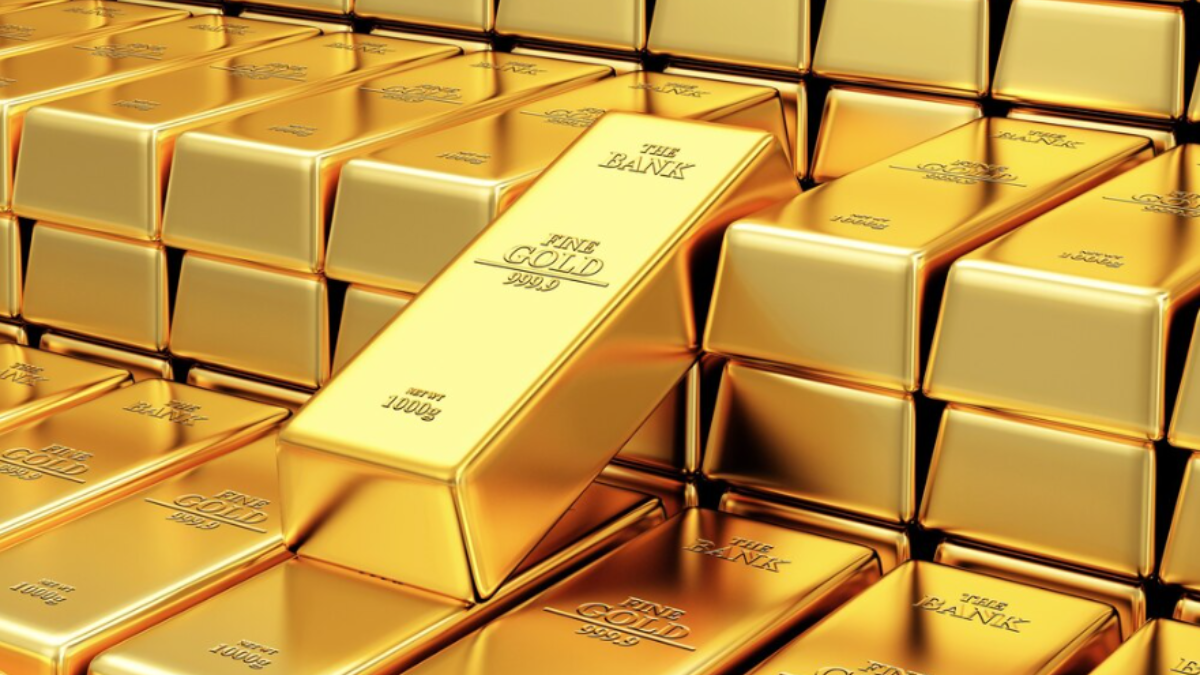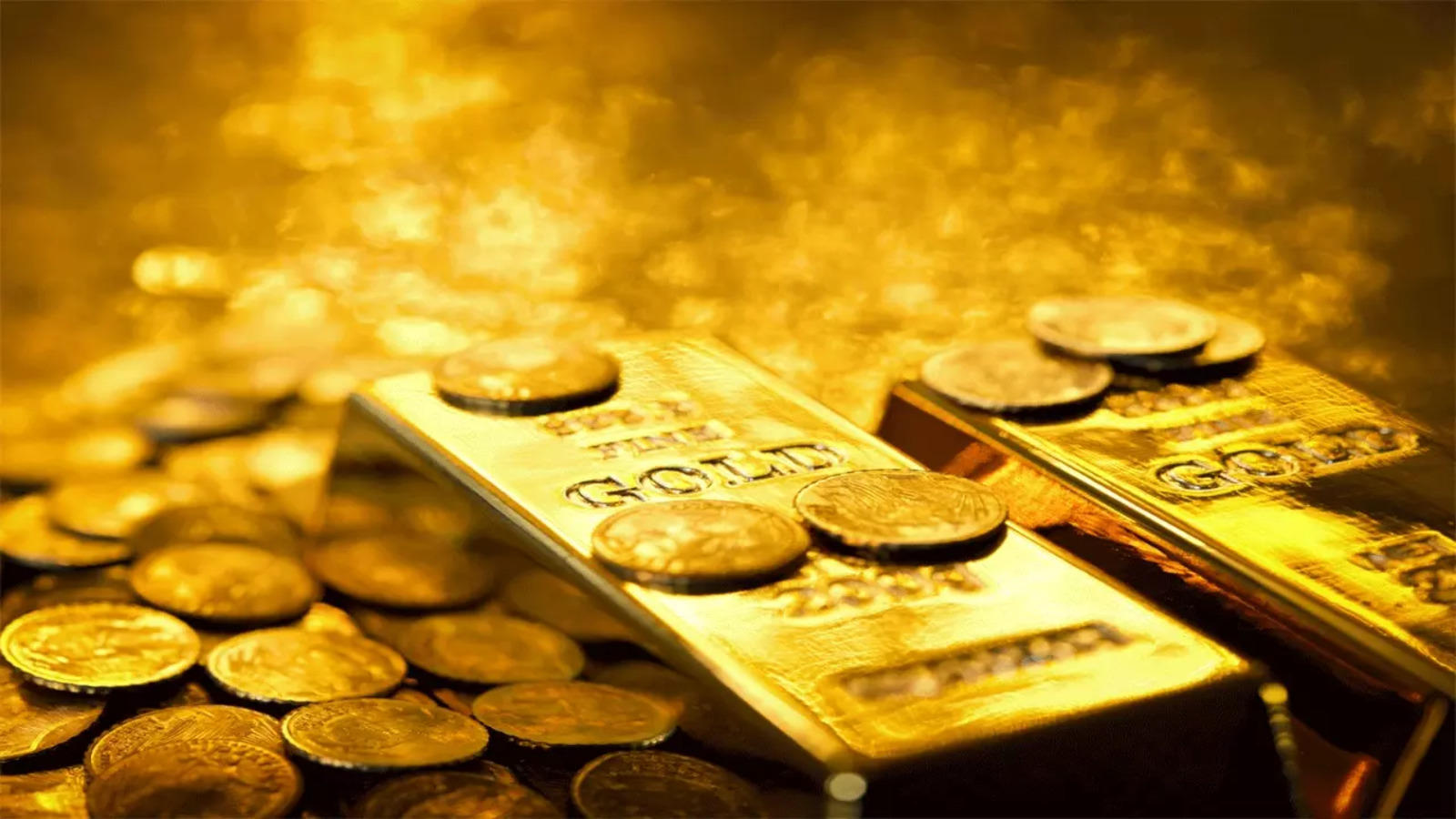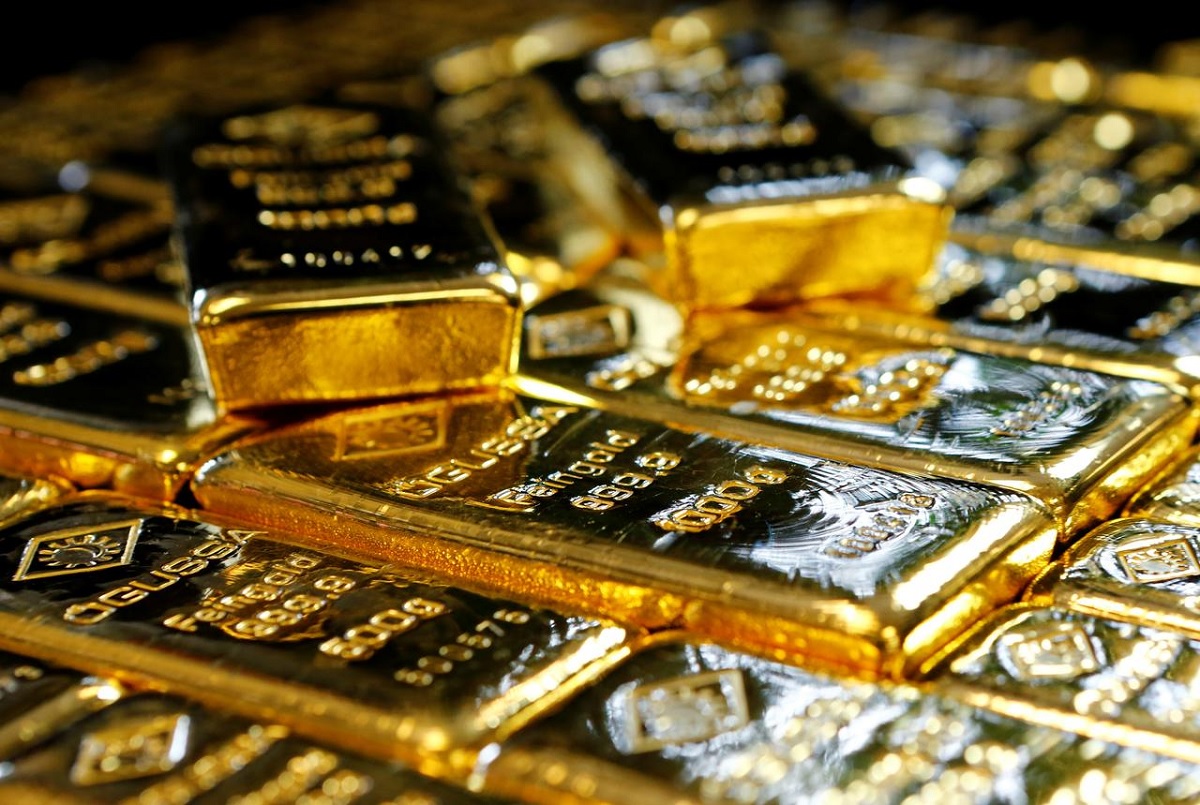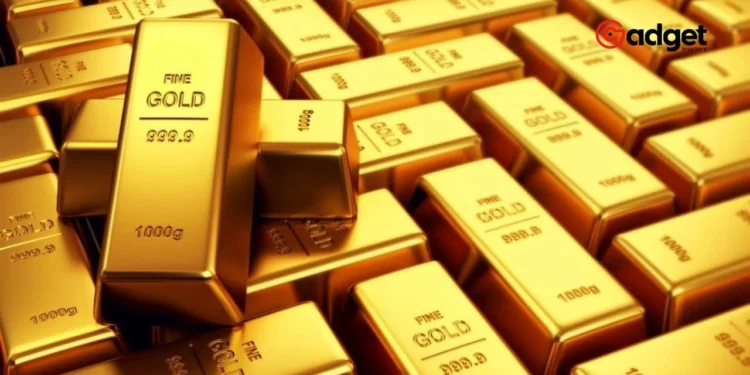In a world where financial certainties are often few and far between, Yet the recent surge in gold prices has puzzled many investors and economists. Typically, high interest rates dampen the allure of non-yielding assets like gold, but 2024 has seen a counterintuitive rally in the precious metal’s market value.

Unpacking David Einhorn’s Perspective on the Gold Price Rally
David Einhorn, the billionaire investor and founder of Greenlight Capital, has offered a compelling theory in his recent investor letter that sheds light on this phenomenon. Contrary to the expected impact of the Federal Reserve’s high interest rates, which would generally make bonds and savings accounts more appealing, gold has experienced a record-setting year. Einhorn proposes that this rally could be linked to a significant shift in gold buying from Eastern countries to Western nations.
New anomalies have been identified in a recently completed soil sampling program at Lady Grey project in WA.
— Stockhead (@StockheadAU) April 29, 2024
“Perhaps the West is running out of gold it is willing to sell, while Eastern demand has remained strong enough to force the price higher,” Einhorn speculates. This idea of a “secular trend” involving Eastern nations—particularly China—increasing their gold reserves could indeed be influencing the market dynamics.
The Eastern Gold Buying Spree
China’s economic struggles, encompassed by a sluggish economy and challenges in the property and stock markets, have prompted both its central bank and its citizens to turn towards gold as a reliable store of value. The People’s Bank of China, in particular, has been on a gold-buying spree, boosting its reserves by 16% over the past 17 months.

Moreover, the World Gold Council reports that India and Singapore are also actively increasing their gold reserves, a strategy likely aimed at hedging against global economic instability. This trend is not isolated to Asia; central banks worldwide have been accumulating gold, with over 1,000 tonnes purchased annually for the last two years.
The Broader Implications of Rising Gold Prices
Economists are now adjusting their forecasts for further increases in gold prices. David Rosenberg, a top economist, expects a 15% rise in the near term with a potential 30% gain if central banks start to cut rates. Similarly, Ed Yardeni, another financial expert, suggests that gold could climb as high as $3,500 by next year—a 50% increase from current levels.
These predictions draw historical parallels to the 1970s when high inflation drove substantial increases in gold prices. Current economic conditions, including ongoing inflation and geopolitical uncertainties, seem to be setting the stage for a similar scenario.

Conclusion: Gold as a Financial Safe Haven
In these turbulent times, gold prices continues to be seen as a hedge against various economic risks, such as high government debt levels—a factor underscored by Ray Dalio, another billionaire investor. Owning gold, according to Dalio, becomes increasingly crucial as the risks of debt and inflation crises escalate.
This renewed interest in gold underscores its perennial role as a financial safe haven. As 2024 unfolds, the dynamics of the gold market will be a critical barometer for global economic health, influenced significantly by Eastern appetites for this timeless asset.










